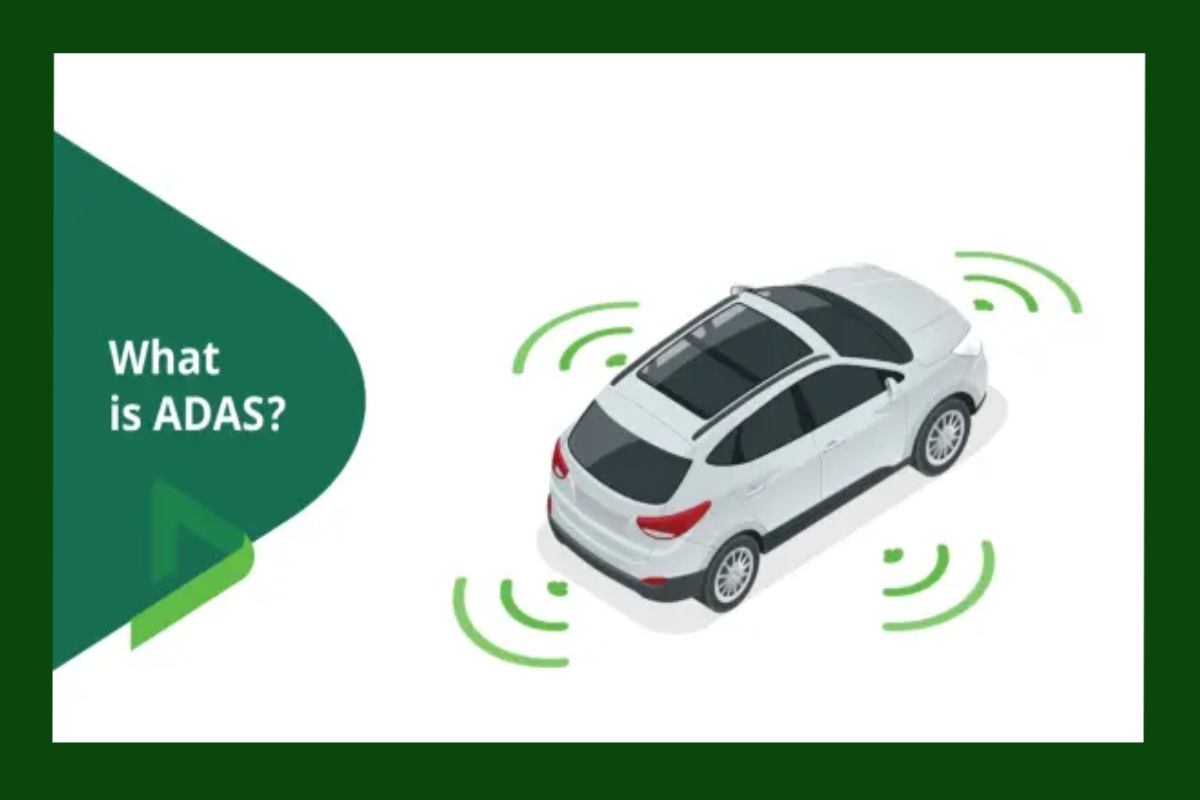ADAS (Advanced Driver Assistance Systems): A Brief Overview
What is ADAS?
Advanced Driver Assistance Systems (ADAS) are safety technologies that use sensors, cameras, radar, and artificial intelligence to assist drivers and enhance vehicle safety. These systems can warn drivers of potential hazards, take corrective actions, or even intervene to prevent accidents.
Core ADAS Technologies
Adaptive Cruise Control (ACC): Automatically adjusts vehicle speed to maintain safe following distance from the car ahead using radar and camera sensors.
Lane Keeping Assist (LKA): Monitors lane markings and provides steering corrections to keep the vehicle centered in its lane, preventing unintentional lane departure.
Automatic Emergency Braking (AEB): Detects potential collisions with vehicles, pedestrians, or obstacles and applies brakes automatically if the driver doesn’t respond.
Blind Spot Monitoring (BSM): Uses radar sensors to detect vehicles in blind spots and alerts drivers during lane changes.
Traffic Sign Recognition (TSR): Cameras identify and display speed limits, stop signs, and other traffic signs on the dashboard or head-up display.
Current Challenges
Sensor Limitations: Performance degradation in adverse weather conditions like heavy rain, snow, or fog affecting camera and radar systems.
False Positives: System alerts for non-threatening situations can lead to driver frustration and reduced trust.
Cost Factors: Advanced ADAS features still primarily available in premium vehicles, limiting widespread adoption.
Driver Over-Reliance: Risk of drivers becoming too dependent on systems and losing situational awareness.
Future Development
ADAS is evolving toward more integrated, AI-powered systems with improved sensor fusion, vehicle-to-everything (V2X) communication, and cloud-based learning capabilities. The technology serves as a stepping stone toward fully autonomous vehicles while immediately improving road safety and reducing accident rates.
Next-generation ADAS will feature enhanced AI decision-making, better human-machine interfaces, and seamless integration with smart infrastructure for comprehensive traffic management.
How to Submit Your Articles?
If you are interested in submitting an article about ADAS to our website, please follow these guidelines:
- Your article should be at least 1,000 words long.
- Your article should be well-researched and informative.
- It would be best if you write your article in a clear and concise style.
- High-quality images or videos should accompany your article.
To submit your guest post to https://www.dailytechteam.com/, you can send an email or pitch us at contact@dailytechteam.com.
Why to Write for Daily Tech Team?
- Writing for Daily Tech Team exposes your website to customers seeking ADAS in Education.
- Our Tech Team presence is on social networks, and we share your article with the ADAS-related audience.
- Share your knowledge, experience, and expertise with others.
- You can help people learn about the benefits ADAS.
- You can promote your own business or website.
- You can get exposure to a large audience of ADAS-conscious readers.
Guidelines
When writing your article, please keep the following guidelines in mind:
- Use clear and concise language.
- Avoid jargon and technical terms.
- Use active voice instead of passive voice.
- Use strong verbs instead of weak verbs.
- Proofread your article carefully before submitting it.
- With 0% plagiarism
Related Search Terms
Here are some search terms that people might use to find your article:
- Advanced Driver Assistance Systems
- Autonomous driving
- Vehicle safety systems
- Driver assistance technology
- Automotive radar
- Lane departure warning
- Adaptive cruise control
- Collision avoidance
- Self-driving cars
- Vehicle automation
We welcome your submissions about ADAS. We believe that your articles can help people learn about the benefits of ADAS and make knowledgeable decisions about their systems.
I appreciate your interest in writing for our website. contact@dailytechteam.com


